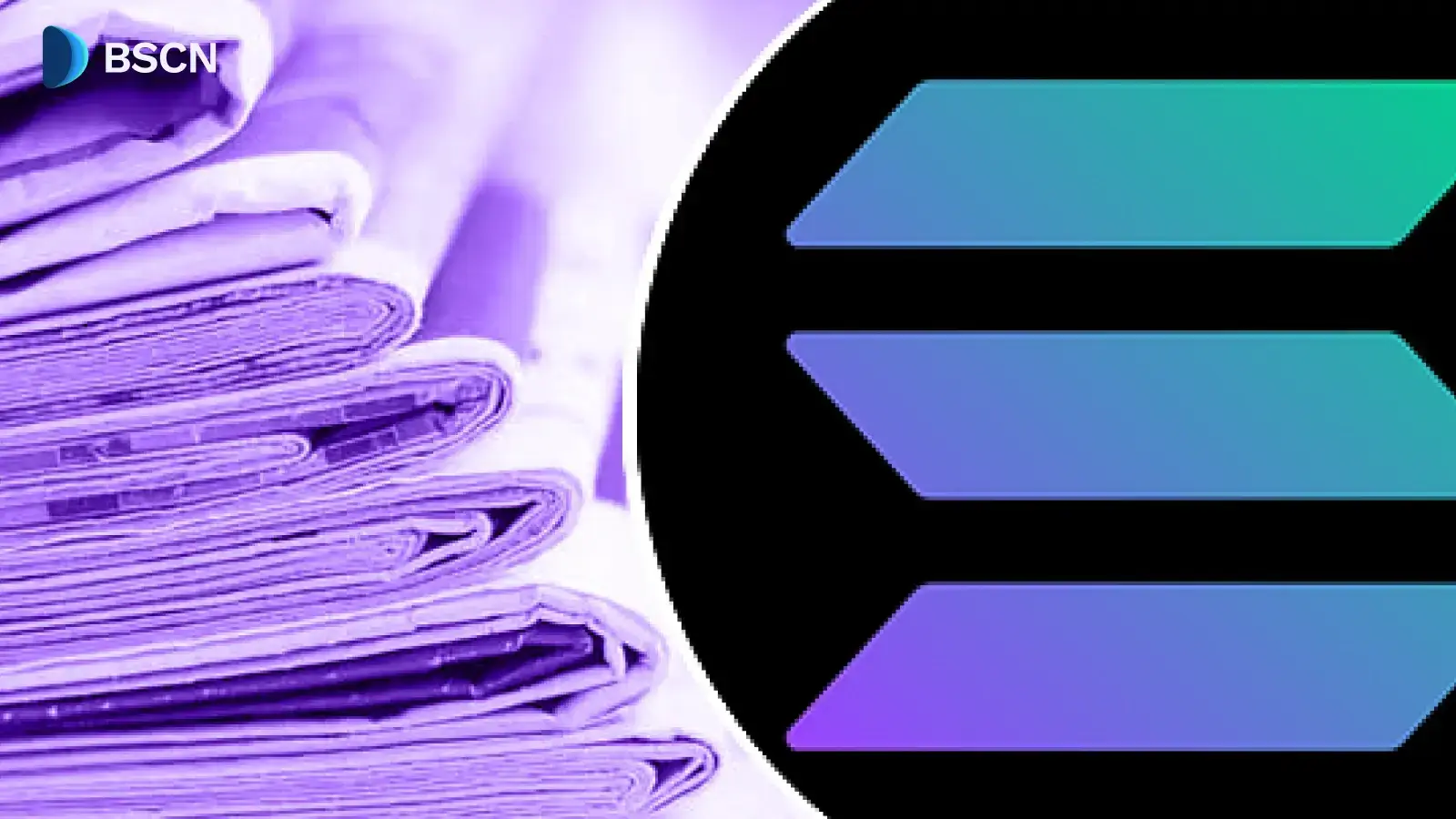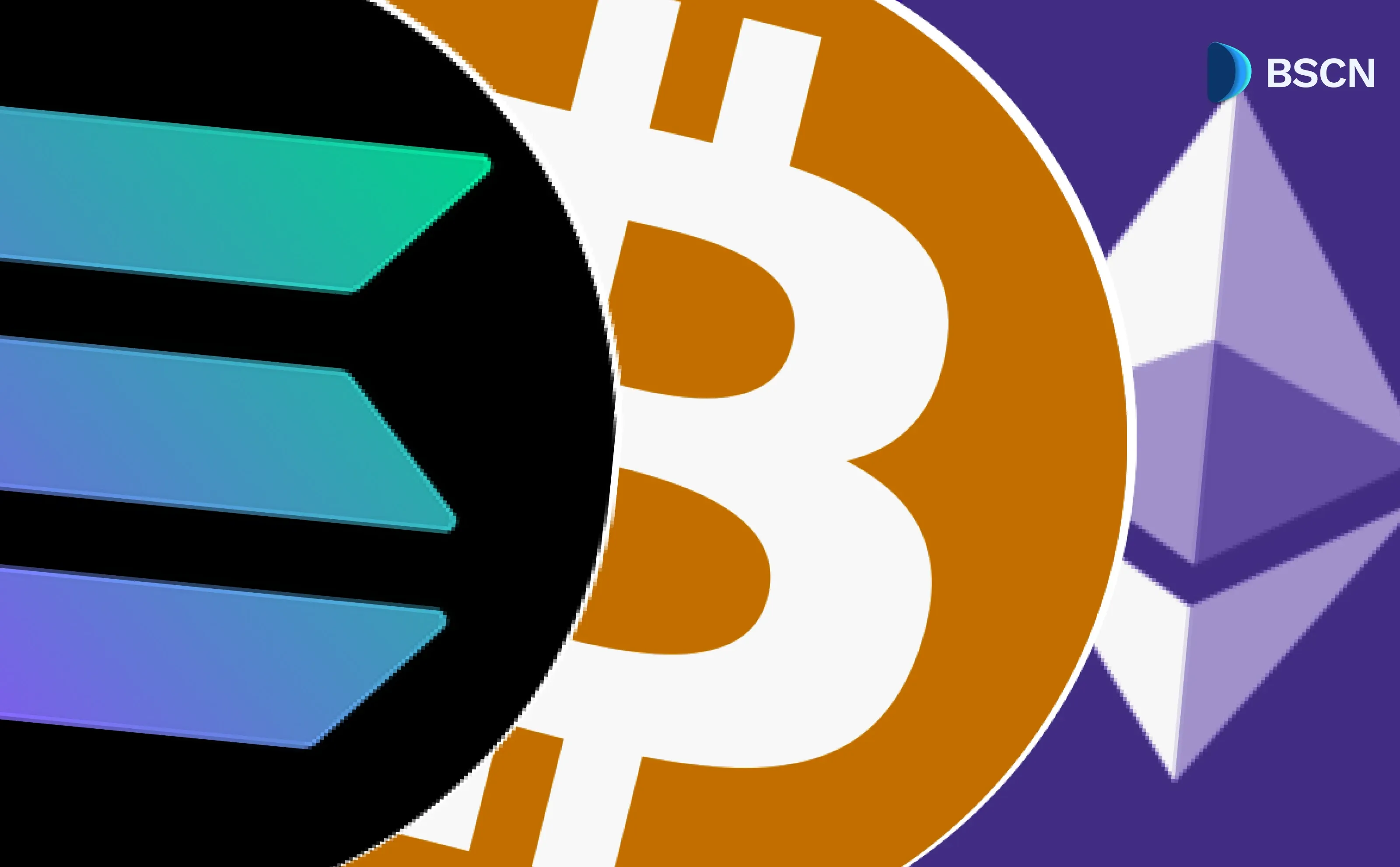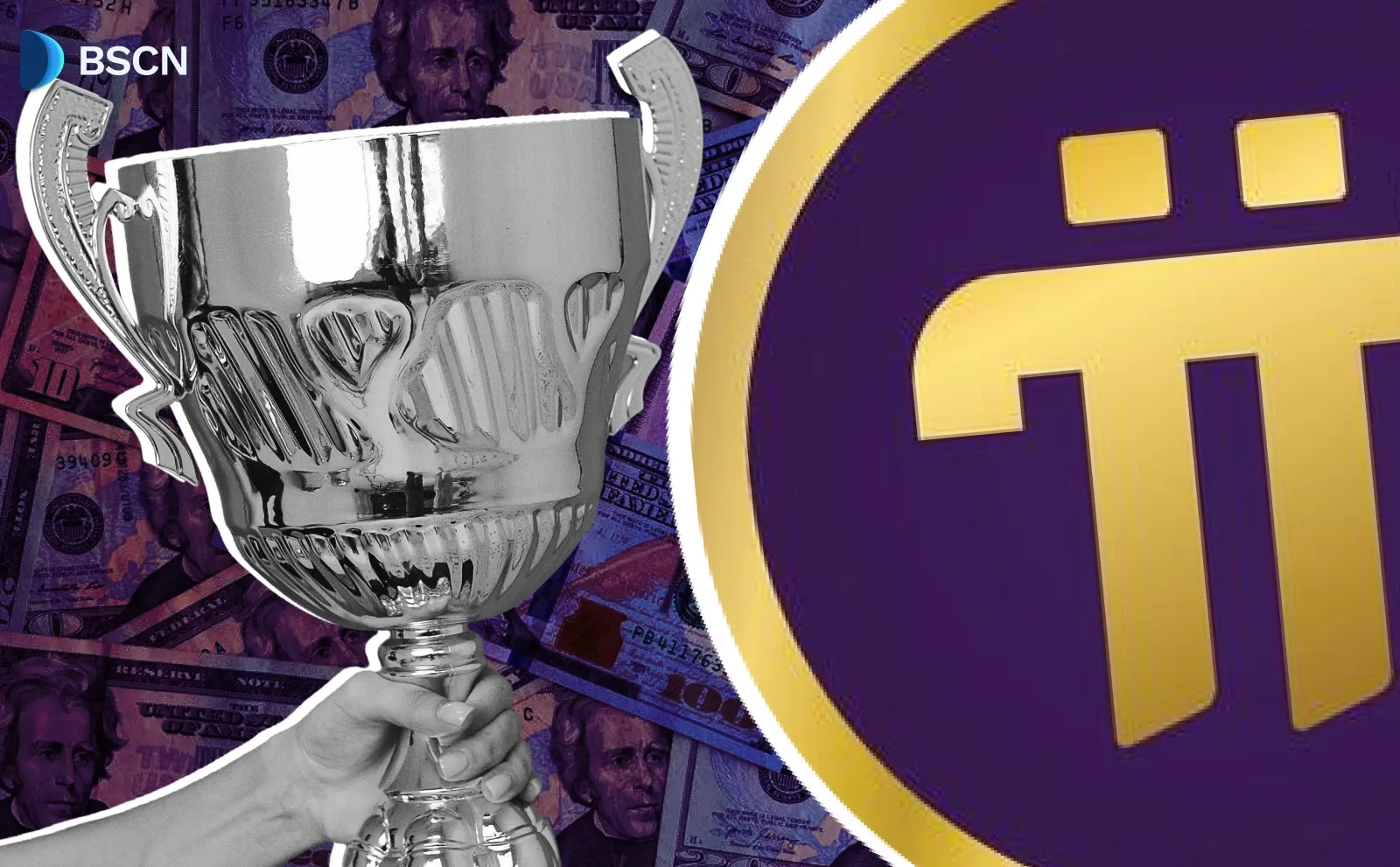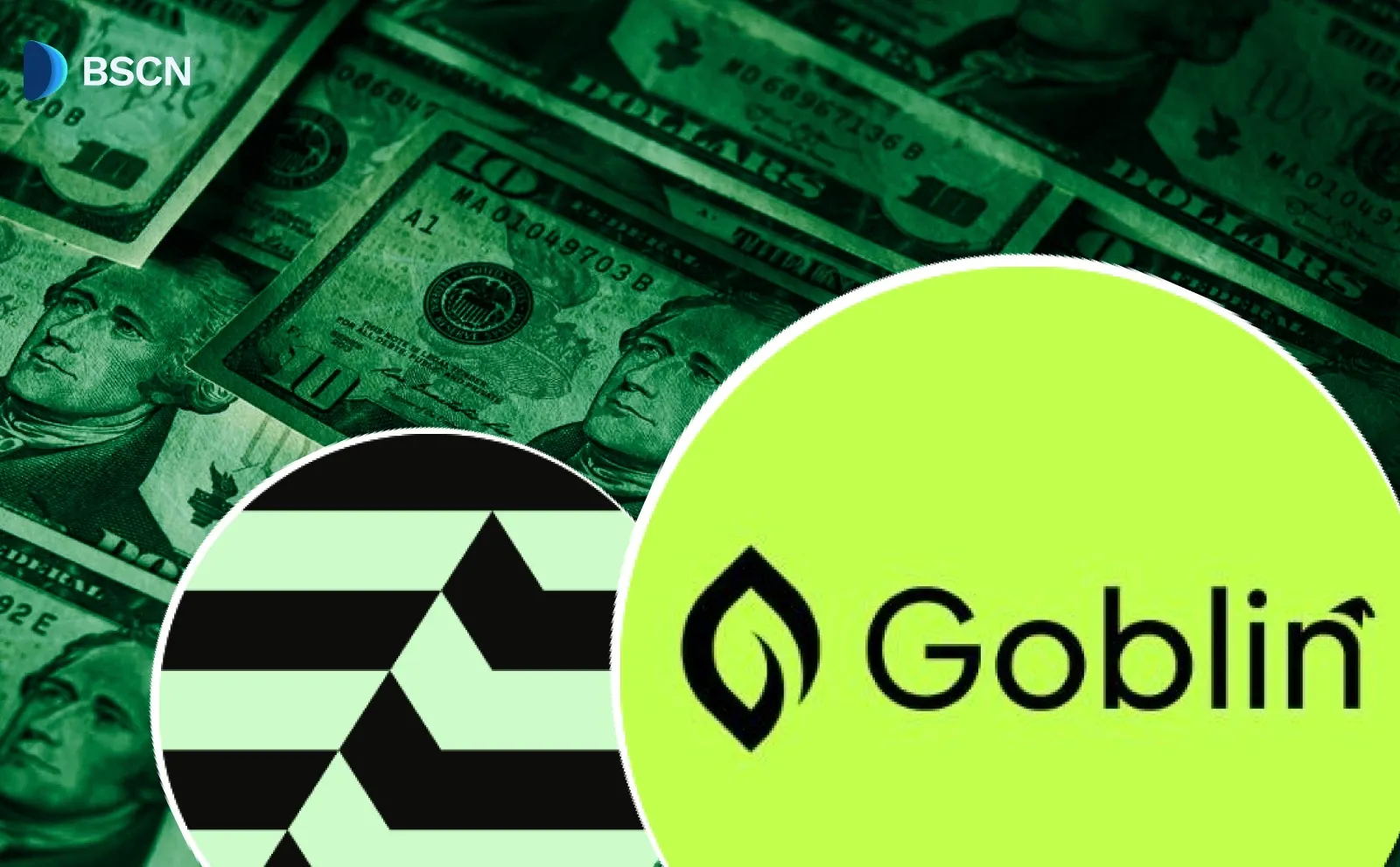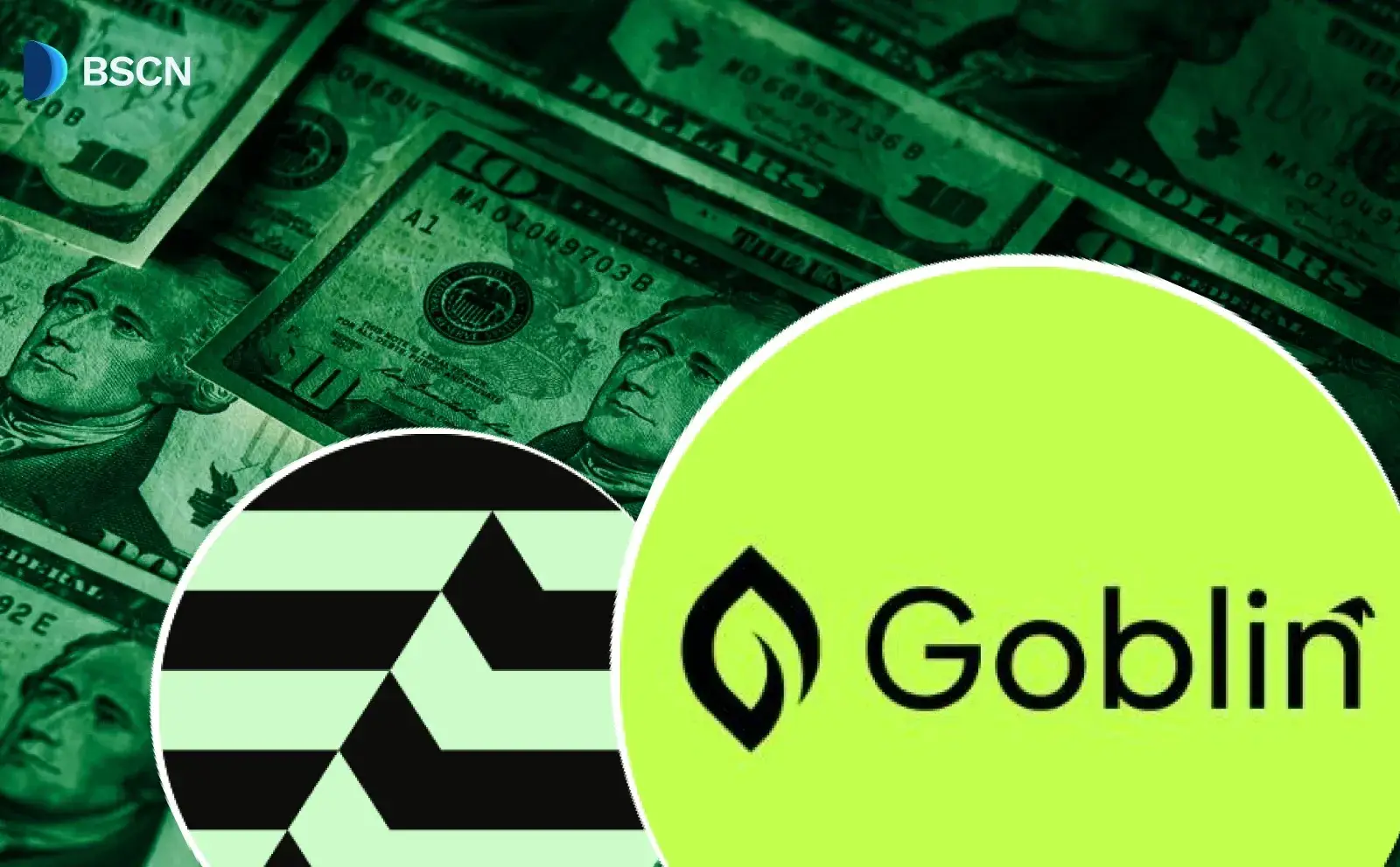News
(Advertisement)
Grayscale Sets DOGE and XRP ETFs for Trading on the NYSE

Grayscale’s DOGE and XRP ETFs launch on NYSE as regulated spot products. Here is what investors need to know about requirements, context, and market impact.
Soumen Datta
November 24, 2025
(Advertisement)
Table of Contents
Grayscale’s Dogecoin ETF (GDOG) and XRP ETF (GXRP) are confirmed to begin trading on the New York Stock Exchange on Nov. 24, giving investors direct exposure to DOGE and XRP through regulated, publicly listed funds. Both ETFs have cleared NYSE Arca’s listing requirements, and the exchange filed the certifications with the Securities and Exchange Commission ahead of the launch.
This means investors no longer need to deal with trust share premiums, discounts, or withdrawal limits. They can buy and sell DOGE and XRP exposure the same way they trade stocks or commodity ETFs.
What Led to the Approval of the DOGE and XRP ETFs?
The listing approval came from NYSE Arca, a subsidiary of the New York Stock Exchange. The exchange submitted formal documents to the SEC to confirm that the Grayscale XRP Trust ETF (GXRP) and the Grayscale Dogecoin Trust ETF (GDOG) met all listing and registration requirements.
Before this approval, both DOGE and XRP were available only through private Grayscale trusts. These trusts operated with limited liquidity and often deviated from the underlying asset prices. The shift to ETFs replaces those issues with a regulated, exchange-traded structure.
Industry analysts confirmed the filings over the weekend. Bloomberg ETF analyst Eric Balchunas shared the listing approvals publicly and noted that Grayscale’s Chainlink product (GLNK) is expected to be listed shortly after. His reporting tracks closely with real listing patterns seen earlier this year during the launch of Solana and AVAX ETFs, which followed similar sequences.
Why This Approval Matters?
A spot ETF holds the underlying asset directly. This is different from futures ETFs, which track derivative contracts. For investors who want exposure to DOGE and XRP without buying or managing wallets, private keys, validators, or exchanges, a spot ETF offers a clean option.
Investors also gain:
Regulated custody
Clear disclosures under SEC rules
Standard brokerage access
Simplified tax reporting
Why Are DOGE and XRP Getting ETFs Now?
ETF approvals have accelerated after the SEC shifted its stance under Chairman Paul Atkins. His “Project Crypto” initiative has guided the agency toward a disclosure-driven approach rather than the earlier enforcement-first model. Under this framework, issuers have clearer requirements, and altcoin ETFs have started to reach the market at a steady pace.
Earlier this month, Canary Capital launched the first US spot XRP ETF (XRPC). The product posted a strong first day, recording about 59 million dollars in trading volume and ending the session with roughly 250 million dollars in assets under management. That debut showed the SEC’s willingness to approve compliant products from multiple issuers.
Bitwise, CoinShares, 21Shares and Franklin Templeton have also lined up their own XRP ETFs. WisdomTree has one awaiting launch as well.
How Do These ETFs Fit Into the Current Market?
The broader crypto market has been struggling for six weeks. Bitcoin is down more than 25 percent since October. Over a trillion dollars in value has left the market across major assets. Earlier this year, ETF approvals lifted prices sharply, especially in bullish conditions. The current backdrop is different, with lower liquidity and more cautious sentiment.
Still, both DOGE and XRP are showing signs of activity ahead of their ETF debuts. Dogecoin’s trading volume has increased as the price bounces between local lows and short recoveries. XRP has been even more volatile, moving quickly between dips and small rebounds as traders position themselves ahead of the listing.
Real Events Show the Backdrop
In early 2025, heavy inflows into Solana ETFs helped stabilize SOL during a period of high volatility.
During Ethereum’s spot ETF launch window, ETH saw a steep rise in trading activity even before the first listing went live.
When Avalanche-based ETFs appeared, AVAX trading spikes often preceded the actual start of trading.
These examples show that ETF anticipation itself often becomes a market driver, even in weak conditions.
What Makes DOGE and XRP Suitable for ETFs?
While DOGE is a memecoin, its large liquidity pool, active trading volume and long history make it suitable for ETF pricing and market-making. XRP has deep liquidity due to its global usage, institutional interest and long-standing role in cross-border settlement discussions.
Both assets:
Have large and active communities
Trade across the world with strong liquidity
Offer enough price history for regulatory review
Have custody frameworks available from major providers
The presence of an earlier DOGE ETF, launched by REX Shares and Osprey Funds under the 1940 Act, also showed that DOGE can be packaged in a regulated structure. Grayscale’s GDOG, however, is a spot ETF listed under the 1933 Securities Act, which provides direct underlying exposure.
Will The ETFs Change How DOGE and XRP Trade?
Spot ETFs often change trading patterns around liquidity and accessibility. For example, when the first US spot Bitcoin ETFs launched, they quickly drew billions in inflows. That led to deeper liquidity on both exchanges and OTC desks. Ethereum saw a similar effect after its ETF listings.
For DOGE and XRP, the main shifts will be:
Easier access for investors using standard brokerage accounts
More institutional visibility
Additional liquidity from ETF market makers
More volume on regulated exchanges during US hours
These changes do not guarantee price direction. They simply broaden access, reduce friction and bring DOGE and XRP into the same structure that boosted participation in Bitcoin and Ethereum markets.
What Happens After the Launch?
Grayscale’s ETFs will join a growing list of altcoin ETFs listed on the NYSE. They will sit alongside spot products for Solana, Avalanche, XRP from multiple providers, and soon Chainlink. NYSE Arca has become the central venue for these listings, reflecting regulators’ acceptance of structured digital asset products.
Investors should expect:
Heavy volume during the first week
Arbitrage activity as ETF prices align with spot markets
More filings from other issuers attempting to list DOGE or XRP products
Ongoing scrutiny as the SEC evaluates the next wave of applications
The environment remains competitive. Franklin Templeton’s XRP ETF is set to launch around the same time as Grayscale’s GXRP, and WisdomTree’s entry is still pending. Multiple issuers offering similar exposure is common in ETF markets. The best real-world parallel is the crowded lineup of Bitcoin ETF providers that emerged earlier this year.
Conclusion
The launch of Grayscale’s Dogecoin ETF and XRP ETF moves both assets out of private trusts and into accessible, regulated spot products. The ETFs provide clear disclosures, custody standards and broad access through traditional brokerage platforms. Their arrival expands investor options beyond Bitcoin and Ethereum while fitting into a growing regulatory framework shaped by the SEC’s recent changes. The products now join a competitive field of altcoin ETFs on the NYSE, delivering structured exposure backed by established rules rather than expectations or forecasts.
Resources:
US SEC Approval: For Grayscale’s Dogecoin ETF (GDOG)
US SEC Approval: For XRP ETF (GXRP)
CoinDesk Report: Grayscale's DOGE, XRP ETFs to Go Live on NYSE Monday
DL News report: Grayscale XRP and Dogecoin ETFs to debut November 24 following SEC green light
Read Next...
Frequently Asked Questions
What is the Grayscale DOGE and XRP ETF launch date?
Both ETFs are scheduled to begin trading on Monday after receiving listing approval from NYSE Arca and confirmation filings to the SEC.
Do these ETFs hold actual DOGE and XRP?
Yes. These are spot ETFs designed to track the prices of Dogecoin and XRP by holding the underlying assets directly.
How is this different from buying DOGE or XRP on an exchange?
Investors can get price exposure without using crypto exchanges, wallets or private keys. They can buy and sell ETF shares through standard brokerage accounts.
Disclaimer
Disclaimer: The views expressed in this article do not necessarily represent the views of BSCN. The information provided in this article is for educational and entertainment purposes only and should not be construed as investment advice, or advice of any kind. BSCN assumes no responsibility for any investment decisions made based on the information provided in this article. If you believe that the article should be amended, please reach out to the BSCN team by emailing [email protected].
Author
 Soumen Datta
Soumen DattaSoumen has been a crypto researcher since 2020 and holds a master’s in Physics. His writing and research has been published by publications such as CryptoSlate and DailyCoin, as well as BSCN. His areas of focus include Bitcoin, DeFi, and high-potential altcoins like Ethereum, Solana, XRP, and Chainlink. He combines analytical depth with journalistic clarity to deliver insights for both newcomers and seasoned crypto readers.
(Advertisement)
Latest News
(Advertisement)
Crypto Project & Token Reviews
Project & Token Reviews
Comprehensive reviews of crypto's most interesting projects and assets
Learn about the hottest projects & tokens




